

Prostate cancer begins when cells in the prostate gland start to grow out of control. This gland is only found in males. It makes some of the fluid that is part of the semen.1
The prostate gland is located below the bladder (the hollow organ where urine is stored) and in front of the rectum (the last part of the intestines). The glands behind this prostate are called seminal vesicles that make most of the fluid for semen. The urethra, which is the tube that carries urine and semen out of the body through the penis, goes through the center of the prostate.1
In Malaysia, prostate cancer is the third most common cancer among men.2
Staging of prostate cancer is assigned by combining the Tumor (T), Node (N) and Metastasis (M) classification.
The stages of prostate cancer are:4
The tumour is in half or less than half of the prostate and has not spread.

The tumour may be in more than half of the prostate and has not spread.

The tumour has spread beyond the outer layer of the prostate, but not to lymph nodes.

The tumour has spread to nearby tissues, lymph nodes or other organs of the body.
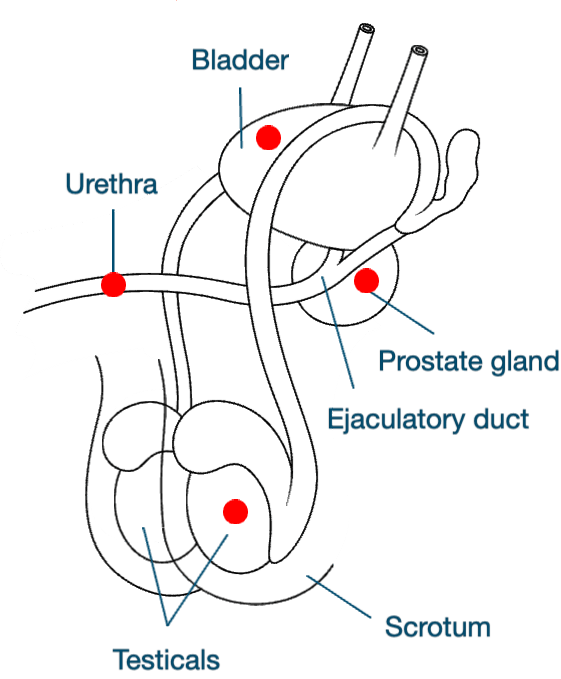

Prostate cancer does not usually cause any symptoms until the cancer has grown large enough to put pressure on the tube that carries urine from the bladder out of the penis (urethra).

Trouble urinating

Erectile dysfunction

Blood in the urine or in the semen

Bone Pain

Decreased force in the stream of urine

Losing weight without trying

Factors that may increase a person’s chance of developing prostate cancer include:
The risk of prostate cancer increases with age, especially after age 50. Around 60% of prostate cancers are diagnosed in people who are 65 or older.5
Prostate cancer develops more often in African American men and in Caribbean men of African ancestry than other races.6
Diets high in red meats, fatty foods and low fruits and vegetables intake appear to be associated with a higher risk of developing prostate cancer. Obesity is also one of the risk factor.7
Certain types of chemicals may increase risk of developing prostate cancer such as firefights who are regularly exposed to combustion byproducts or farmers who are exposed to agricultural chemicals.8
About 20% of prostate cancers are inherited in family.5
Several inherited gene changes (mutations) seem to raise prostate cancer risk. For example:6
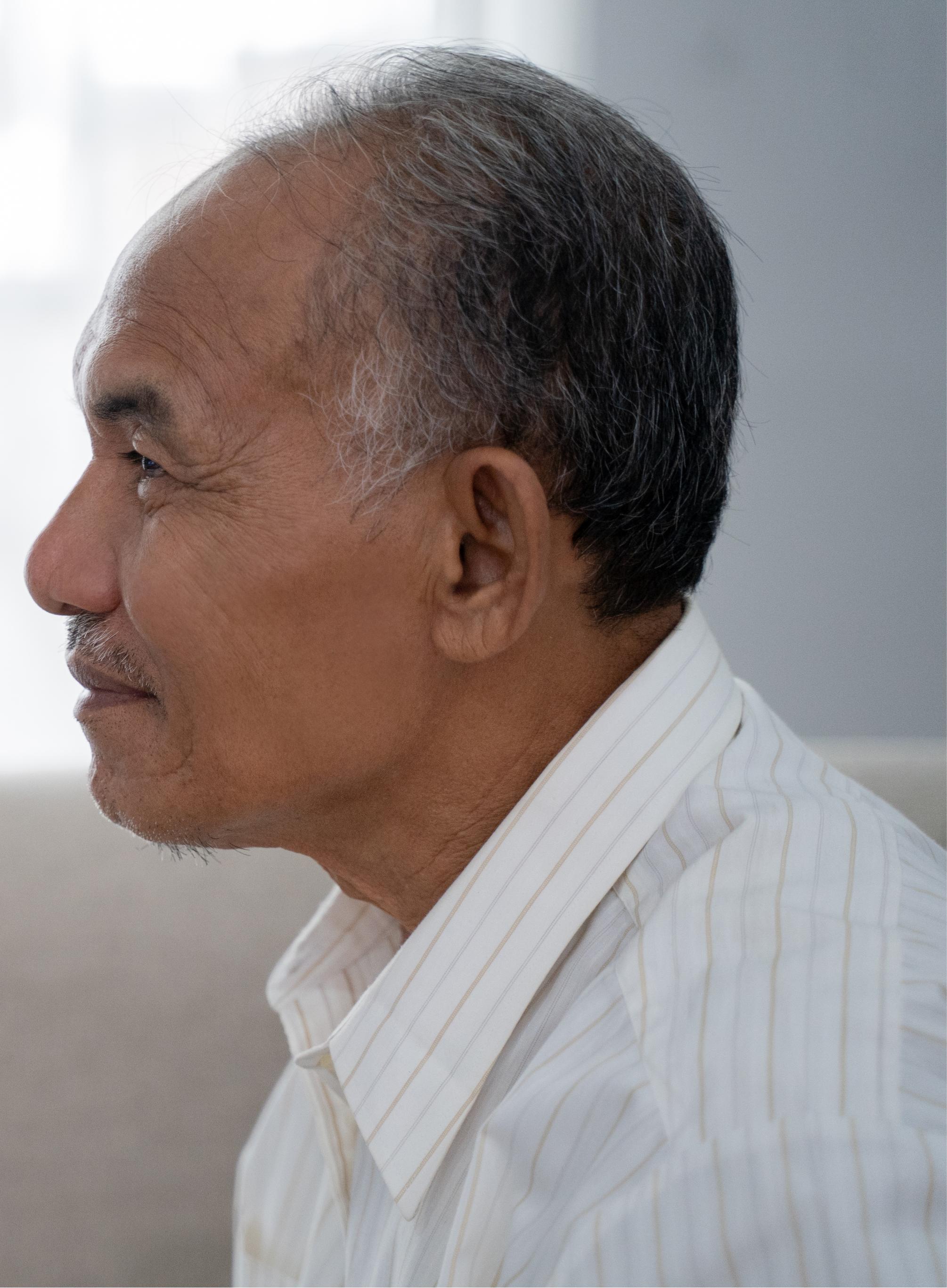
Loss of function in these genes can structurally and functionally alter the stability at the genomic and chromosomal level.9
Learn more about Hereditary Breast, Ovarian, Pancreatic and Prostate Cancer

Surgery involves the removal of the prostate and some surrounding lymph nodes. The type of surgery depends on the stage of the disease, the patient’s overall health, and other factors.
• Radical (open) prostatectomy10
Surgical procedure to remove the entire prostate and the seminal vesicles. Lymph nodes in the pelvic area may also be removed.
• Robotic or laparoscopic prostatectomy10
A camera and instruments are inserted through small keyhole incisions in the patient’s abdomen to remove the prostate gland.
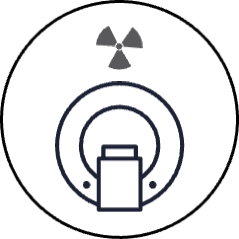
This method involves using radiation to kill cancerous cells and to slow the progression of prostate cancer that has spread to relieve symptoms.11
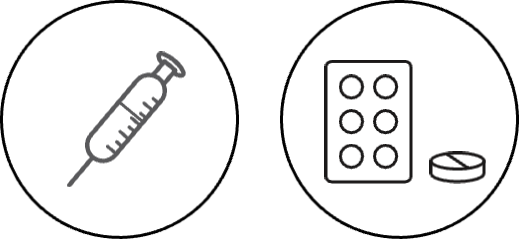
Prostate cancer usually depend on the hormone testosterone to grow. Hormone therapy help to block or lowers the amount of testosterone in the body hence resulting the cancer cells to die or progress slowly.12
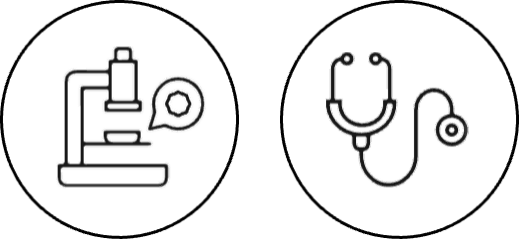
If your doctor thinks your prostate cancer is unlikely to grow quickly, he or she may recommend you not to treat the cancer right away. Instead, you can choose to wait and see if you get symptoms in one of two ways:13
• Active surveillance
Closely monitoring the prostate cancer by performing prostate specific antigen (PSA) tests and prostate biopsies regularly and treating the cancer only if it grows or causes symptoms.
• Watchful waiting
No tests are done. Your doctor treats any symptoms when they develop. This is usually recommended for men who are expected to live for 10 more years or less.